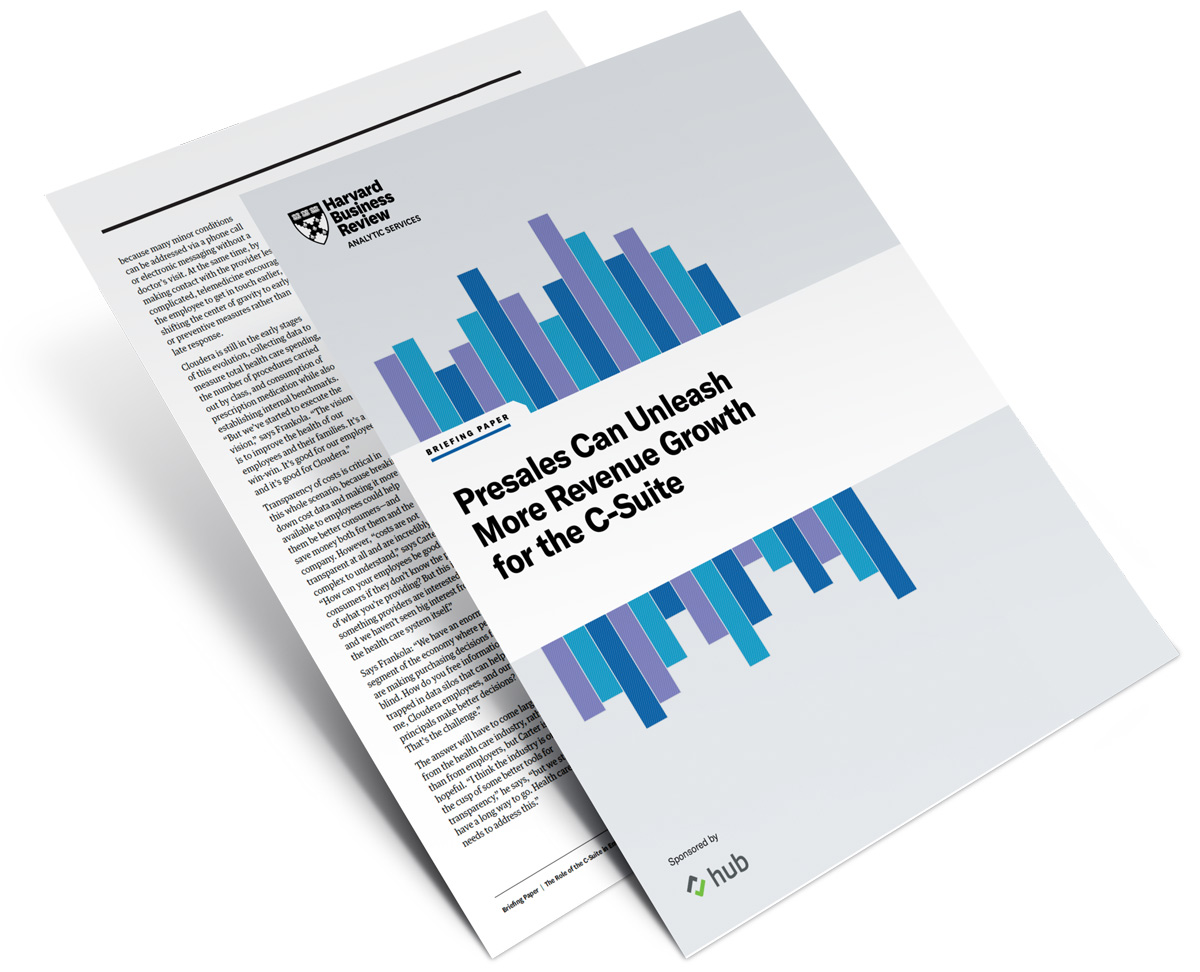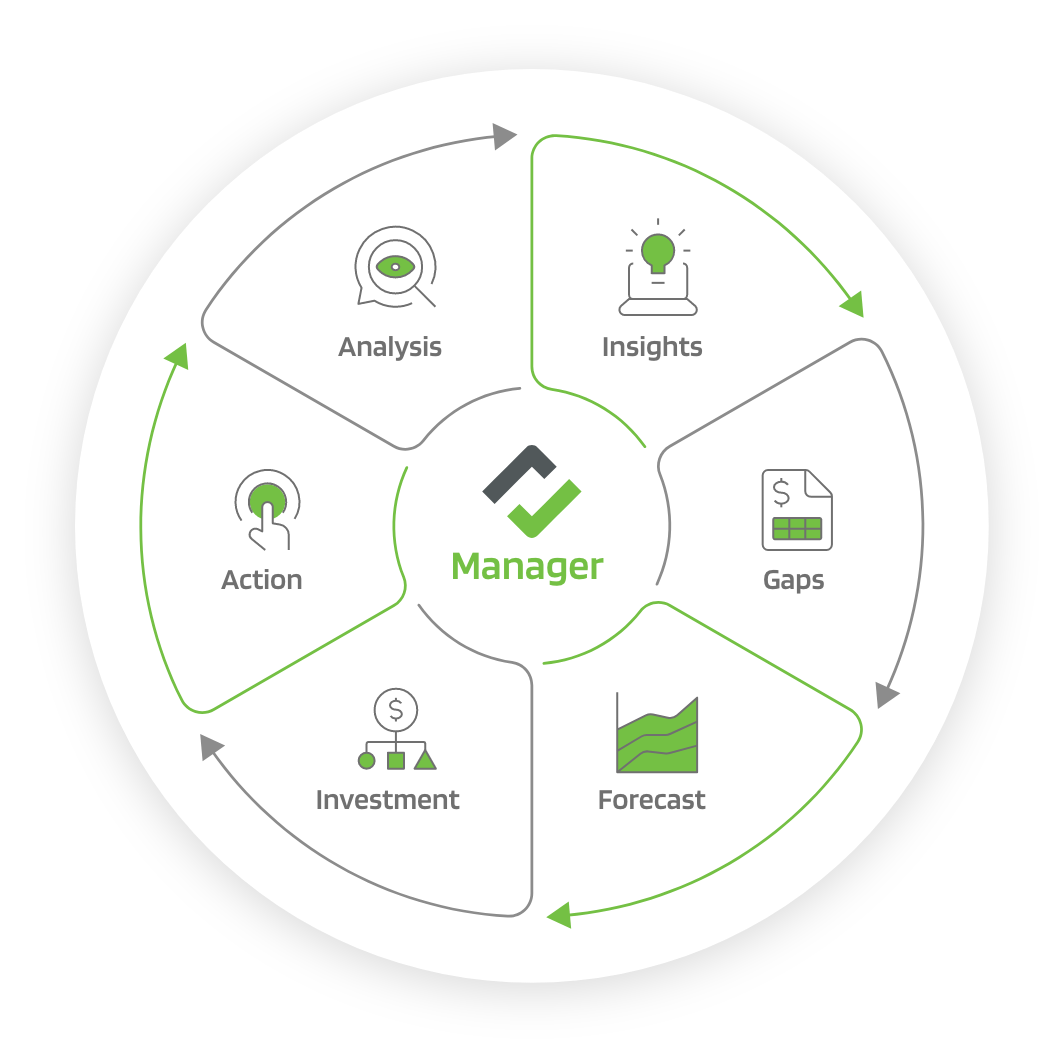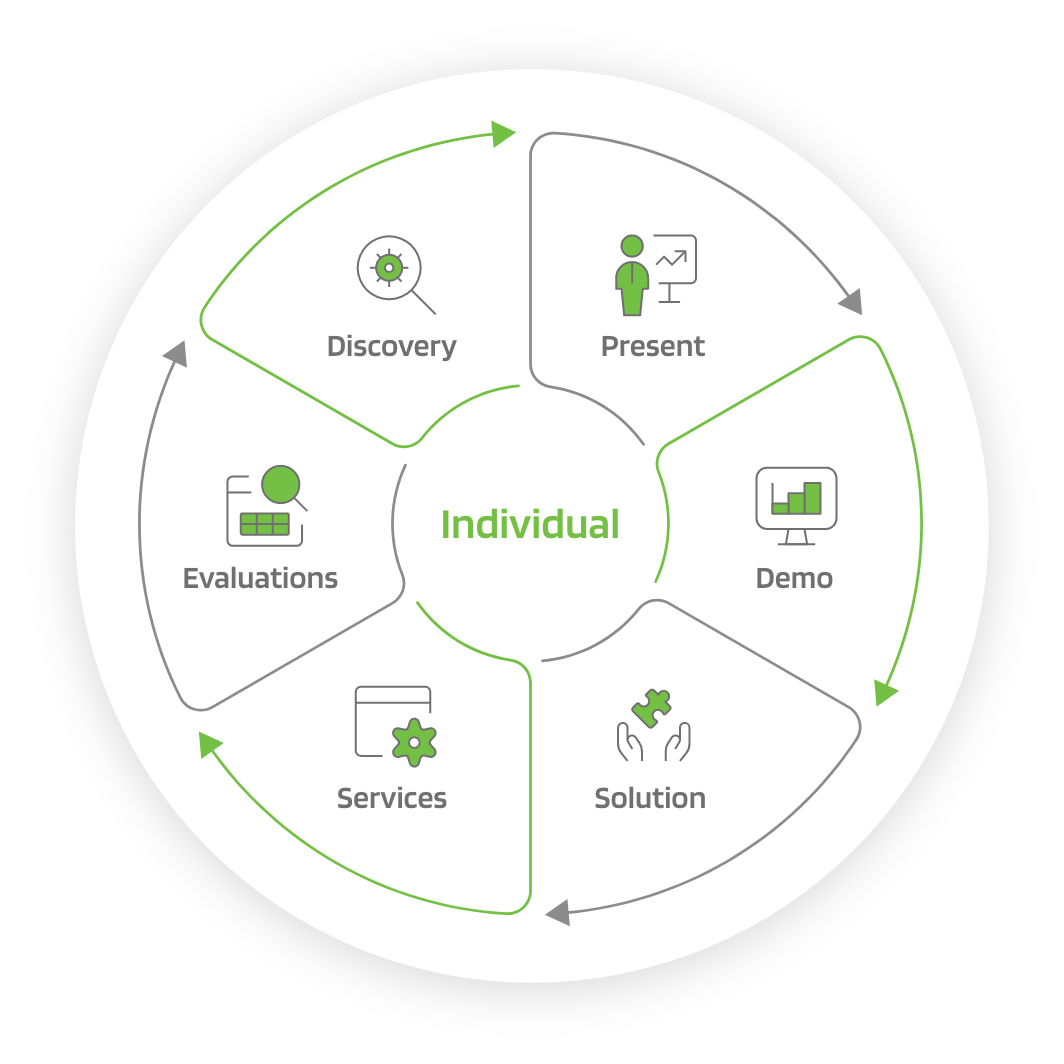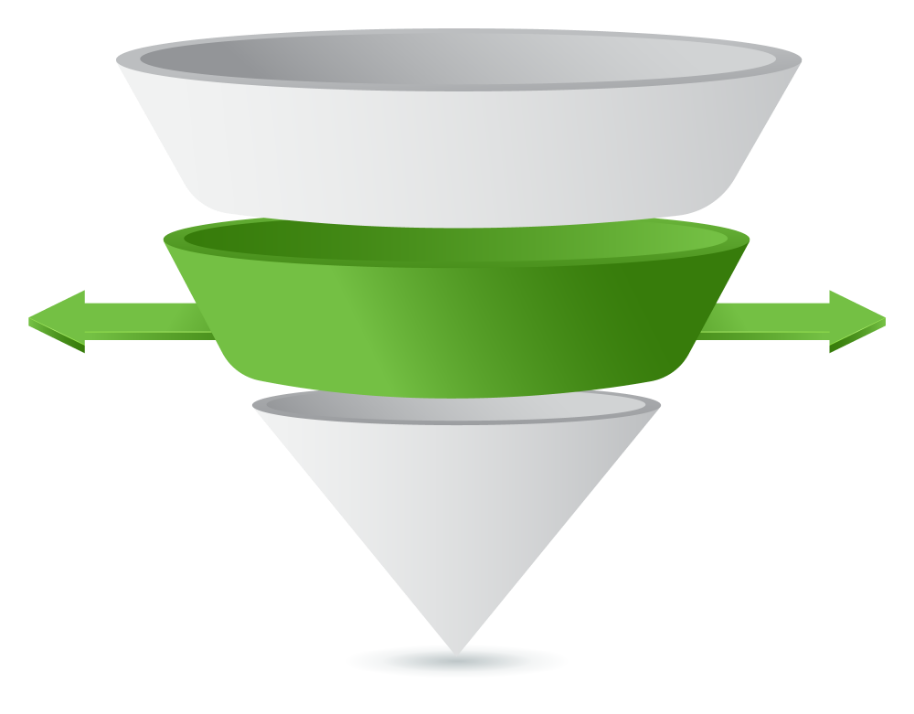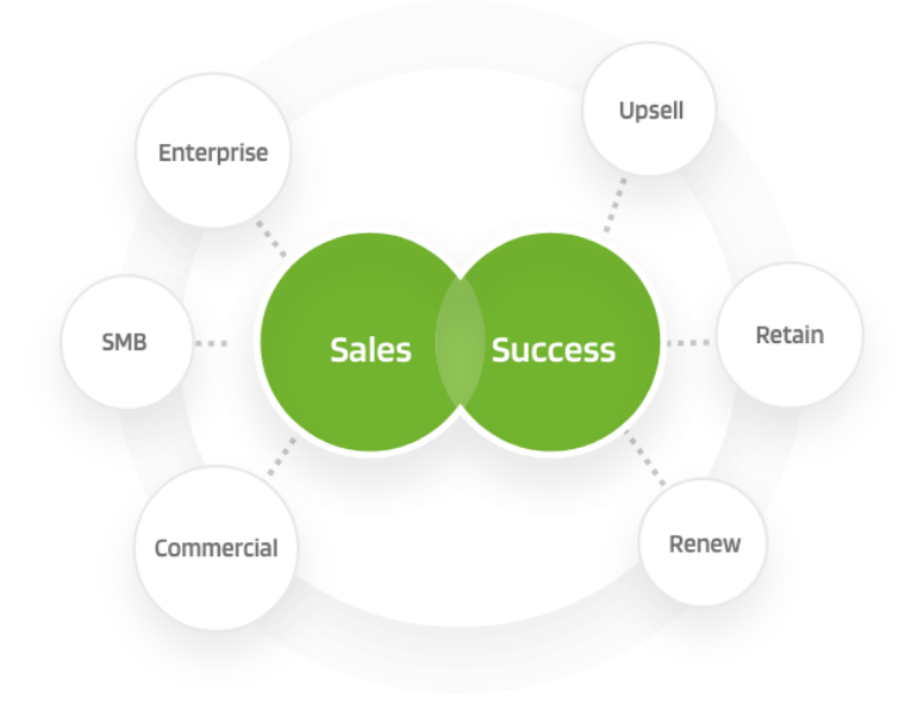
Technical Sales by Hub
Top 5 Reasons Why Chief Revenue Officers Must Invest In Sales Engineering Tools

By Kevin Colón (CRO of Proton.ai, Former EVP of Salesloft)
I started my sales career in 1994 and since then have been blessed to hold various senior and executive level sales positions. I am currently the CRO of Proton.ai, an AI-powered sales & CRM platform for distributors. More recently I was the EVP Sales at Salesloft, which began as a purpose-based system to help sales development reps (SDRs) be more efficient and later expanded to help sales reps do the same in their prospecting efforts.
As a sales professional throughout the decades, I have seen a lot of evolution take place within the sales organization — from the emergence of specialized tools to make SDRs more effective to the use of AI to help sellers augment the way they sell. Today, I am seeing a new trend emerge, one which I have witnessed many CROs take for granted. It is a trend that we must all recognize, and that is to help our presales, solution consultants and sales engineers be more effective in managing middle-of-the-funnel activities.
Gone are the days of just investing in top-of-funnel (TOF) and bottom-of-funnel (BOF) technologies or brute forcing our way to growth by hiring more sales talent. It’s simply not a scalable way to operate in today’s market. As a CRO, when I look at the whole revenue supply chain — catering to modern buying behaviors where much of the initial selling is done remotely and where buyers want to access subject matter experts faster to assess product need and fit — it is clear that the reliance on sales engineers is becoming more critical to the modern technical sales motion.
To my fellow sales and revenue leaders, I would encourage you to consider the following 5 reasons we must all invest in sales engineering tools now.
- Informed Buyers. Buyers now self-educate on their own timeline. They come into these early stage meetings much more informed, and it’s imperative to quickly cut to the chase and drill down on how your offerings add value. This trend typically relies more on presales, so make sure they’re prepared to engage in a productive manner. You can do this by having your sales reps do proper discovery so that the presales are highly knowledgeable going into the meeting with your prospect to effectively meet their needs. Give your sales engineers tools that enable them to create self-serve content that your buyers can use to educate themselves. The right tools will also provide a prescriptive approach that guides your sales engineers. For example, they can follow consistent playbooks that help them inform the buyer in a way that increases your probability of winning and ensures ideal customer profile fit.
- Competitive Differentiator. We are all operating these days in highly competitive markets where buyers have choices. Differentiating yourself as the trusted technical presales advisor sooner can determine where an opportunity progresses down the funnel or falls out of your sales funnel altogether. If you create a sales process that leverages your sales engineers and establishes them as the prospect’s trusted technical advisor, it will help you stand apart from the competition. Give your presales teams a tool that lets them highlight your product’s strengths, manage its weaknesses and capture its new features enhancement requests so that your team can more effectively advocate for your pipeline with product management.
- Sell Smarter. Time is the most precious commodity in sales. Ensuring that both your sales and presales talent are applying their time on the right opportunities is key. Focusing one’s efforts on the wrong things is highly disruptive and non-accretive. Instead, utilize playbooks that help ensure both parties are spending time on the right opportunities. Additionally, embrace presales’ and sales’ different perspectives on opportunities to keep everyone intellectually honest that the team is working on the right sales opportunities at all times.
- Get More Value From Your People. With rising wages across sales and sales engineers, the last thing we need is our people performing low-value activities, such as manual Customer Relationship Management (CRM) data entry tasks. While this type of work must be done to get partial operational visibility, there are better ways with new systems on the market to obtain equal or greater visibility while at the same time helping our ICs be more productive in their day-to-day work. Presales systems that graph the relationships between your sales and sales engineers can yield high-value, high sales outcomes. And systems like these will let you know how you can replicate a winning formula to get more from your people.
- Analyze The Business. Quantifying and qualifying the performance of the sales funnel and revenue supply chain is a never-ending quest. While your CRM may strive to be the source of truth (SOT) for all sales-related activities, it was never designed to be a system of execution for your ICs. In other words, your visibility into daily activities will be limited to what ICs have time to enter into a CRM, which is not tenable these days. Therefore, make sure you invest in the right tech stack to: 1) get full visibility on all your sales activities, from SDRs to sales engineers, and 2) interconnect them to your CRM and SOT so you can measure sales performance. Ideally, you can lean on leading indicators to take corrective actions to ensure that your quota retirement goals are met or exceeded. By investing in tools that provide utilization and opportunity to your presales operation, you can optimize the conversion metrics between your sales and sales engineers.
For too long we have overlooked investing in sales engineering and presales, but now is the time to reverse that trend. Doing so effectively will result in an optimized revenue supply chain, but it will require thoughtful investments in sales technologies specifically built for sales engineers and presales.
About Kevin Colón
Kevin is the CRO of Proton.ai, an AI-powered sales & CRM platform. Kevin brings a breadth of experience from companies like Oracle, informatica, Box and Salesloft in scaling high-performance revenue organizations.

